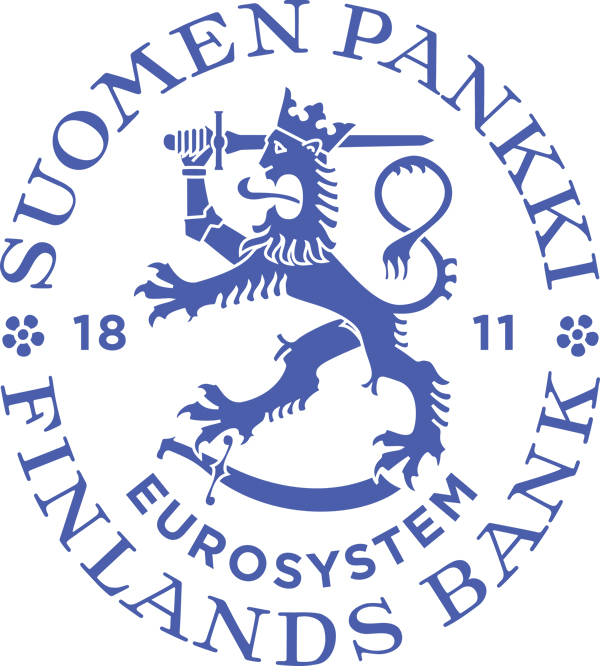

webex





The recent post-covid, geopolitical and energy crisis period has been characterized by conflicting indicators on whether the economy is below, at or above its potential. This is not least due to the multiplicity of large shocks – supply and demand, external and domestic, temporary or lasting, global, idiosyncratic and sectoral – the heightened uncertainty that surrounds them and their transmission to economies. This complex setting is likely to continue, with climate change and the energy transition as well as secular shifts in global value chains looming. The issue is central due to its important role for adequate monetary, fiscal, and structural policies as well as for inflation forecasting. This workshop takes stock of major institutions’ theoretical and empirical approaches to measure potential output, labor market conditions and other indicators developed to gauge price pressures. The impact of sectoral shifts and various forms of market frictions to economic slack and shortages will be featured prominently.
Scientific coordination
Matthieu Darracq-Paries, ECB; Ernest Gnan, SUERF; Juha Kilponen, Bank of Finland; Alessandro Notarpietro, Banca d’ Italia, and Eva Ortega, Banco de España
The impact of the COVID-19 shock on euro area potential output: a sectoral approach
Katalin Bodnar, ECB presentationEndogenous Technology, Scarring and Fiscal Policy
Michaela Elfsbacka-Schmöller, Bank of Finland presentationA business cycle heatmap for the EU, EA and EU member states
Matthias Strifler and Arto Kokkinen, National Audit Office of Finland (NTV) presentationRobust Real-Time Estimates of the German Output Gap based on a Multivariate Trend-Cycle Decomposition
Christian Ochsner, German Council of Economic Experts presentation